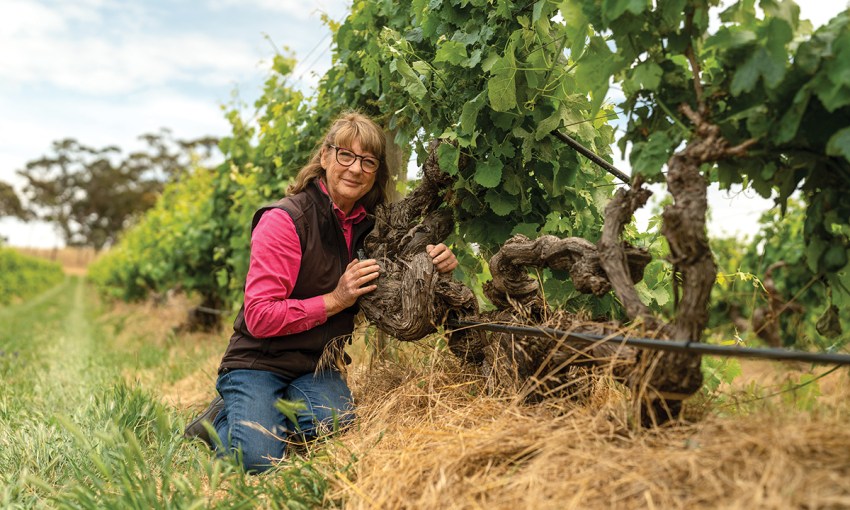As the inaugural inductee into wine legend James Halliday’s Hall of Fame, it’s been quite a ride for Prue Henschke, from a childhood entrenched in nature, to tending to some of the most-prized vines in the world.
Nurturing nature
When a 21-year-old Prue Weir fell in love with a fellow botany student at the University of Adelaide in 1973, she stepped onto a path that would lead her to nurture some of the world’s most esteemed vines.
When SALIFE meets Prue, now Henschke, at Henschke’s historic cellar door in Keyneton in the Eden Valley, she’s recently returned from three weeks in Europe and there’s a sense of reinvigoration in the air.
The weather’s starting to warm and the old vines in the vineyards are awakening for a new season.
Prue’s dachshund Alfie trots behind as she wanders the grounds of this historic estate that began five generations ago.
It started with Johann Christian Henschke, a Silesian who settled in South Australia in 1842, and the remnants of those early days, as well as all the intervening decades, still linger around the property.
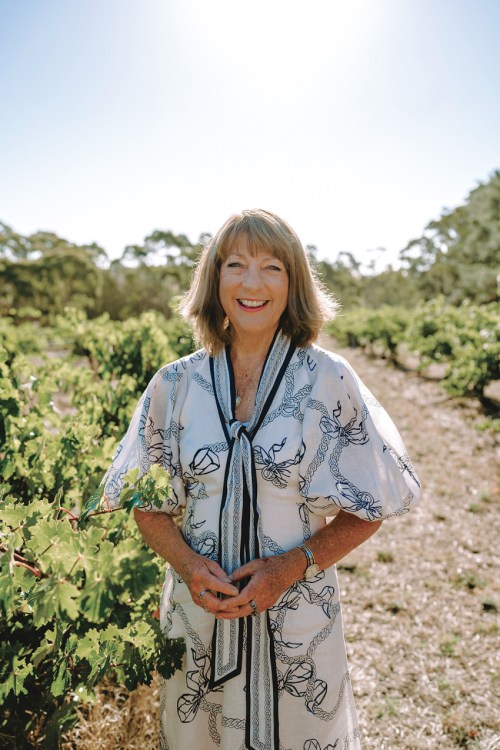
There’s the 1850s four-room cottage that Prue and Stephen now live in – albeit, a renovated version.
There’s the old granary that was converted into a beautiful cellar door in 2018 and all the same buildings that facilitate winemaking today, just as they have for all of those generations.
It was in the late 1950s while the fourth generation, Cyril Henschke was at the helm, that a young Prue was growing up more than more than 60 kilometres away on the banks of the Sturt Creek in North Glenelg.
With an industrial chemist for a father, Prue and her siblings – she was the middle of three – all turned out to be science-oriented, and as youngsters, they loved discovering the natural world around them.
“I was always out and about immersed in nature; I was one of those kids who said goodbye in the mornings on weekends and came back for dinner,” she says
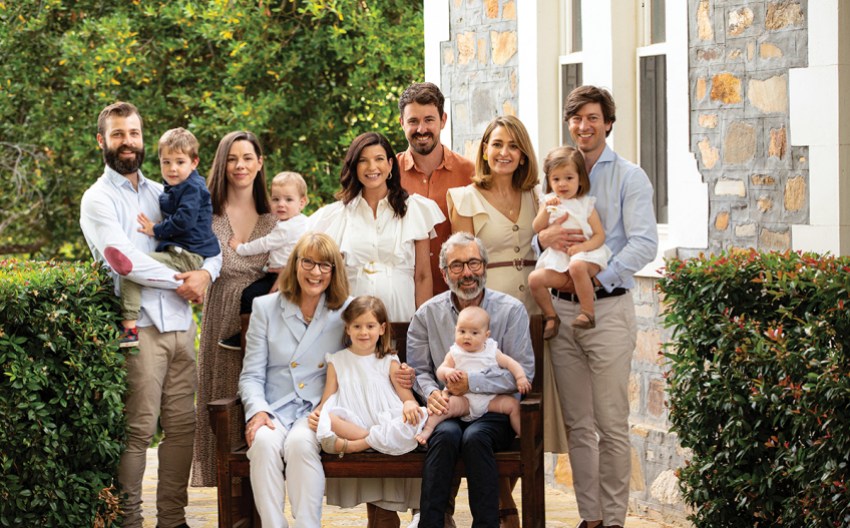
In her early years, Prue was educated at St Leonard’s Primary School, where she’d walk past the Old Gum Tree, and get up to a bit of mischief.
“There were a few horse trainers in the area, including Bart Cummings, and we’d sneak in and pat his horses.”
For secondary school, it was off to Woodlands, where Prue picked up her still-present love of golf when she couldn’t get into the tennis or hockey teams.
“I think I benefitted greatly from that. It taught me to get up and talk in front of people, with the many thank you speeches. There are some pretty strict rules in golf, and etiquette to follow, so I think that helps you later in life.”
From helping in her mum’s garden, to playing in the creek and blitzing the plant-based quizzes in Girl Guides, it really was no surprise that Prue decided to do a science course at university and later honed in on zoology and finally botany, where the realisation hit that she could make a career out of the study of plants.
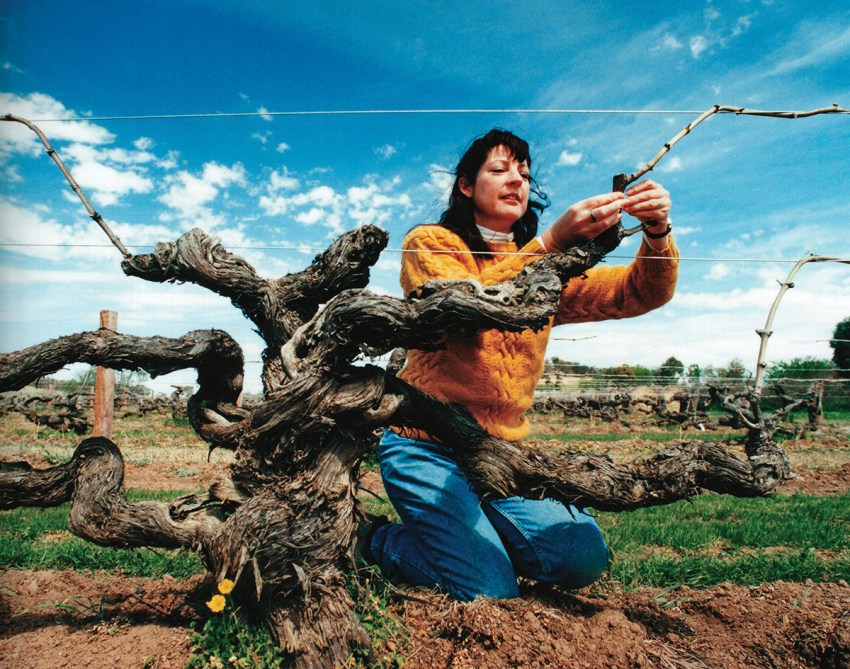
In her third year, she met her future husband. “We were studying together and a Rolling Stones concert came up at Memorial Drive. I was mad keen on the Rolling Stones and I found out that somebody had tickets.
“It turned out to be Steve who had the tickets, so off I went with him and two other guys. The concert was spectacular and that was the beginning of our friendship and we started going out after that.”
If you were to call that the first date, the second was pretty memorable too. Stephen had asked Prue to a film that she didn’t like the sound of, but went along anyway. It turns out, her new boyfriend had planned a surprise birthday party for her. By this stage, Stephen had been warmly welcomed into Prue’s family, especially by her father, John.
“He was an absolute Henschke nut,” Prue says. “Dad would go all over Adelaide searching for different vintages of Hill of Grace and we had a funny old fridge that only fitted three bottles, so in there was always a Hill of Grace and two milk bottles.
“He’d open the wine and drink it over several nights.”
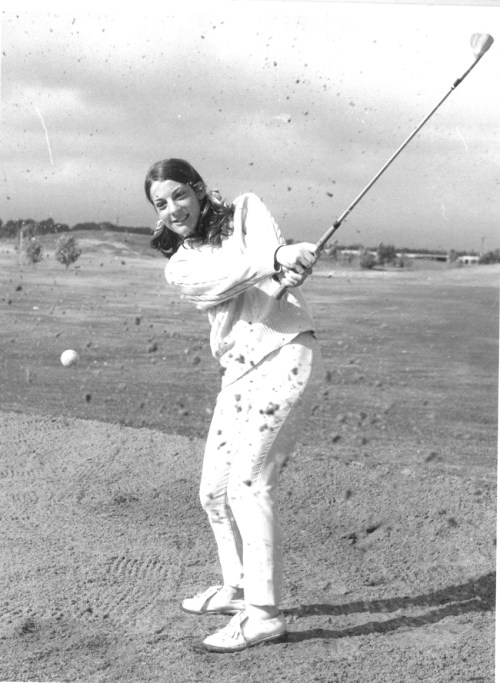
John was delighted when he found out who his daughter was dating. “He got very excited. There was a lot of acceptance of Steve.”
When their studies here at home finished, the pair married in 1975 and made their way over to the famed Geisenheim University viticulture course in Germany.
“Once we’d been accepted into Geisenheim, it was better for us to go as a married couple, so that really made us get on with it. It was easier to get accommodation because Germany was quite old-fashioned in the ’70s. But it was so exciting. The moment we hit Germany, it was the evening of Fasching (or Karneval). The experience at Geisenheim, more than anything, taught me about new ways of managing vines, especially on steep slopes.”
Upon their return, settling into life in the Barossa took a little getting used to, with the expectation of church and regular Sunday lunches.
“There was a quaintness to it,” Prue says. “There was the strawberry fete and sherry parties – they were structured around ballroom dancing and I tried recalling those school dance lessons that we were expected to do in the early ’60s.”
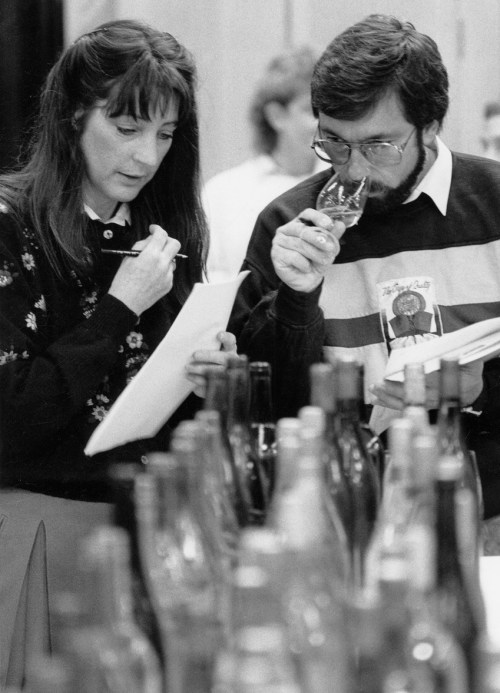
Prue first joined the family business via the cellar door, but in those days, it was a much less regular occupation, so she took a “real job” as a technical assistant at the University of Adelaide’s Roseworthy Campus. She thrived in that role, which coincided with the Barossa Valley’s vine pull of the ’80s, when the South Australian government compensated growers for removing old vines and unfashionable varieties.
Prue began trialling techniques of top grafting that would allow grape growers to change varieties, rather than rip all the vines out.
Stephen and Prue took over the winery in 1979, but the initiation wasn’t easy. It began with the purchase of an orchard at Lenswood, with the intention of swapping the apples and cherries for grapes.
Prue says the life of an orchardist wasn’t easy, but once the vines started coming, she got to work putting her acquired knowledge into practice.
Fast forward more than four decades and in August this year, Prue was named the inaugural inductee in the James Halliday Hall of Fame. The honour recognises her contribution not only to the Henschke winery, but the wider industry.
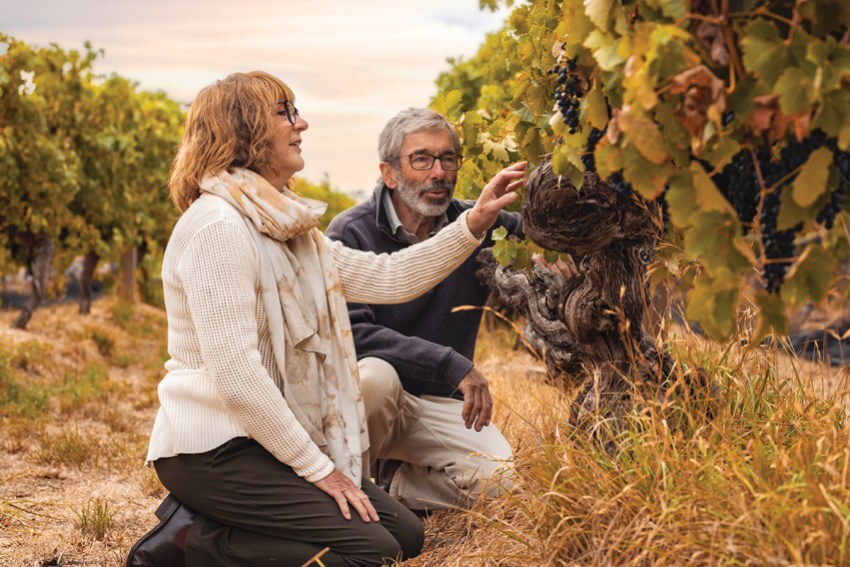
James Halliday says: “Prue Henschke has been a beacon for so many people within the wine industry game and she has achieved such a lot, which has not only been relevant for Henschke but for the broader industry.”
He goes on to say Prue has been the pace maker, not the follower, over many years.
“There is no one else that has done more for the broader wine industry. You can walk into a vineyard that she has under her care and you will very quickly come to the conclusion that this is remarkable.”
One of the great contributions has been her insistence on improving the health of the soil, which all came about when she was planning a family break.
“We were sitting down with the kids one day and wanted to go for an Easter holiday,” she says. “We needed to finish vintage first and then we could go camping, so I worked out the Easter dates and looked back at our harvest dates and every time, Hill of Grace was being harvested at the same time as Easter fell.
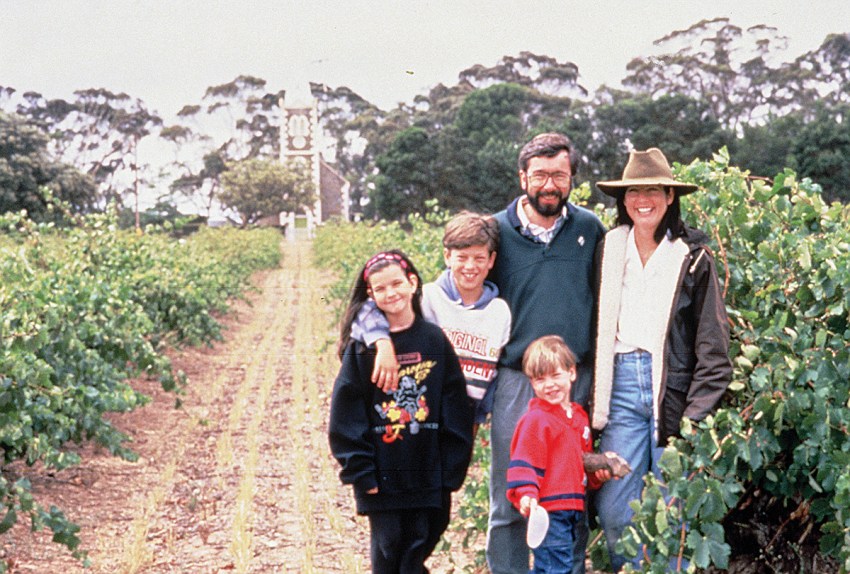
“I thought, ‘There’s something uncanny about the lunar cycles controlling vintage.”
Prue turned to biodynamic principles and started reading all she could, having found this pattern.
Then, the winery had stalks and skins that needed to be disposed of and she thought, surely, they could be turned into compost?
She went and learned how to do just that, put it into practice and it worked “sensationally well”.
Drive around the Barossa, or most wine regions for that matter, and you’ll see roses planted at the end of the rows of vines. Their job is to attract pests toward them, and away from the vines. At the very least, to serve as an early warning sign that aphids and other bugs are about.
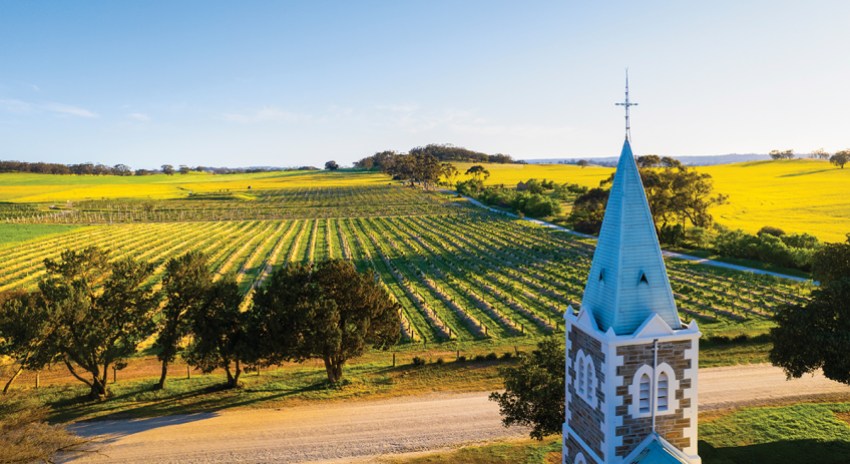
Pretty as roses may be, Prue began to question their use. “I thought, we must have some better plants. Why aren’t we using natives?
“I’d been studying the local vegetation for ages and I went through my list and sorted out what flowered in spring and narrowed it to what wasps would like.
“People had been ripping out blue gums because of their expansive root system competing with their new vineyards. Little did they know it was going to be an important supplier of nectar for their beneficial insects.
“I came across one particular species, Bursaria spinosa, that grows across south-eastern Australia.
“If you watch it during spring, it flowers pretty well just before the vine flowers and it continues right through to Christmas time. Watching the bush, you’ll see that it’s full of insects. I started growing it at the end of the rows, as it attracts wasps which then parasitise the light brown apple moth that feeds on our shoots and newly forming bunches.”
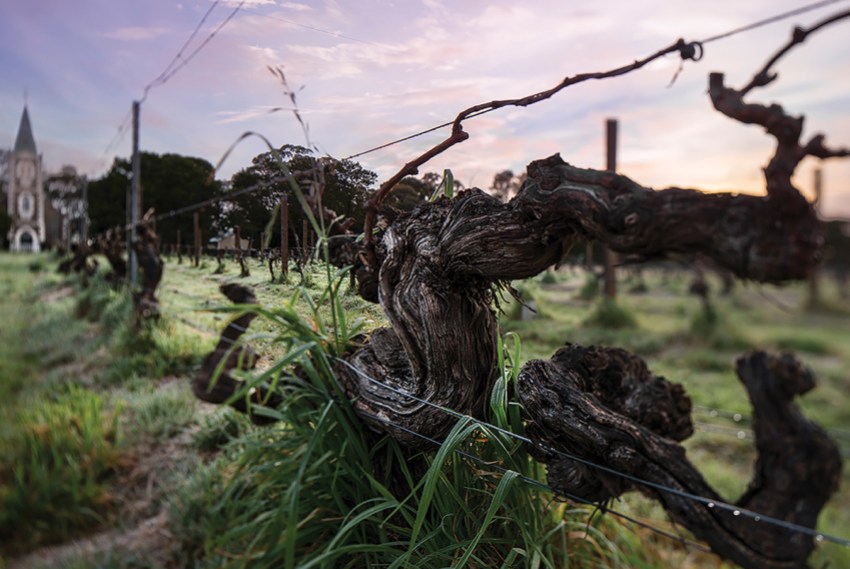
In the days that Prue was experimenting with things such as natives, lunar cycles and biodynamics, it was all seen as a bit far-fetched.
“The public perception is about weird concoctions. Everybody thought it was a bit voodoo, but it’s nothing like that. It’s quite practical and easy to do.”
These days, all three of Prue and Stephen’s children are in the family business – Johann lives in Spain and works in export, Justine is the marketing and PR manager and Andreas, an engineer, assists with project management.
In Prue’s decades at Henschke, they’ve gone from Cyril hand-selling wine, to entering an export market, all with the same production output. It’s pushed Hill of Grace to lofty heights and the label sits among some of the best in the world. To this day, Prue loves being among those vines – some more than 160 years old – and says every season, every vintage is different and surprising in its own way.
Prue says it’s never lost on her how far they’ve come, and every day she’s surrounded by memories of those who built the brand.
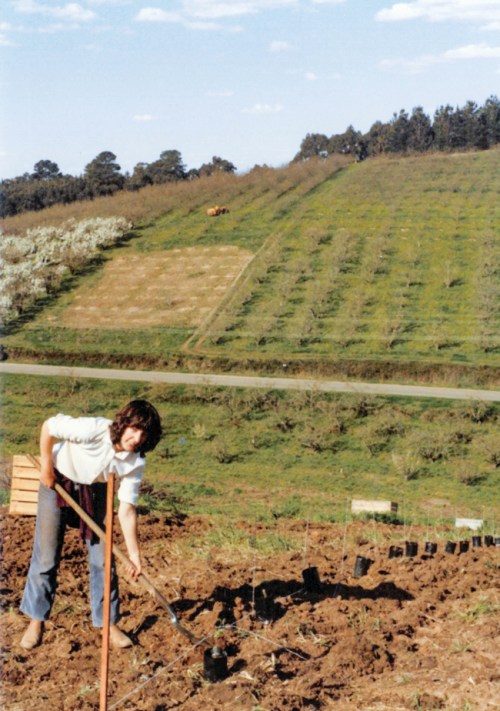
“I often wonder when I’m standing in the house, what has happened here? What did they cook? What did the furniture look like?
“There’s such an incredible history to the house and the giant hedge in the garden is a trigger. I always think of the buggies pulling up alongside it.”
Reflecting on her own career, Prue says her upbringing by the creek in Glenelg was the ignition for a lifelong love of nature.
“I think of myself as having a lot of interesting experiences that I’ve been able to build on. Trying to build that awareness of soil health, preservation of our local ecology and biosecurity issues from phylloxera to virus, there are a lot of things there that weren’t such a high priority. But I’ve seen that whole area grow and it’s been really important for the industry.
“It’s been an amazing trip.”
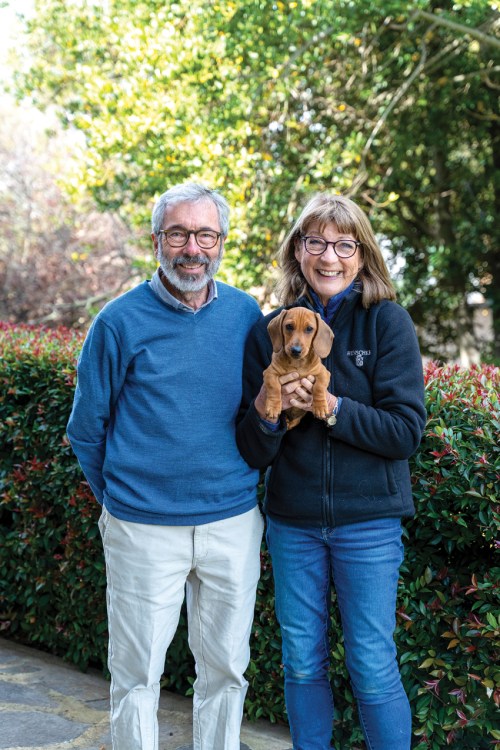
This article first appeared in the November 2023 issue of SALIFE magazine.



